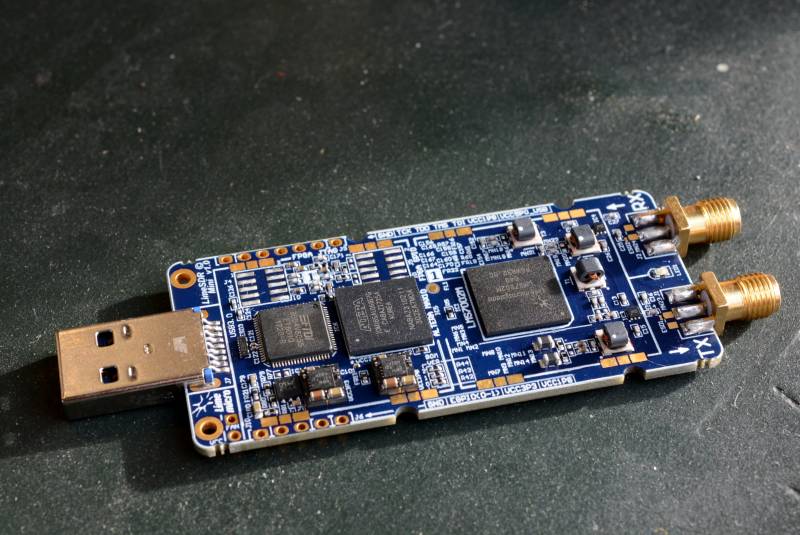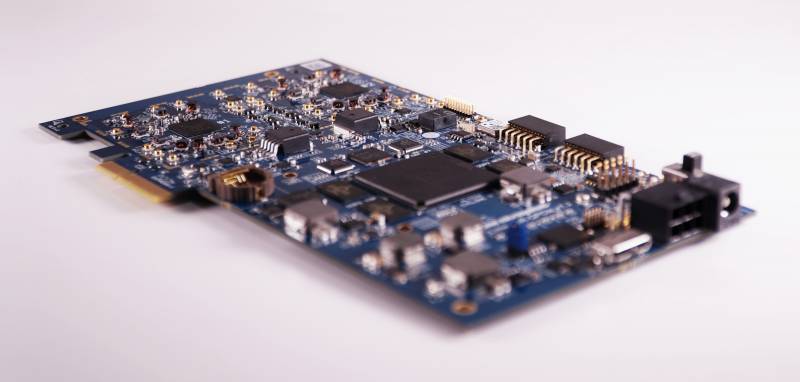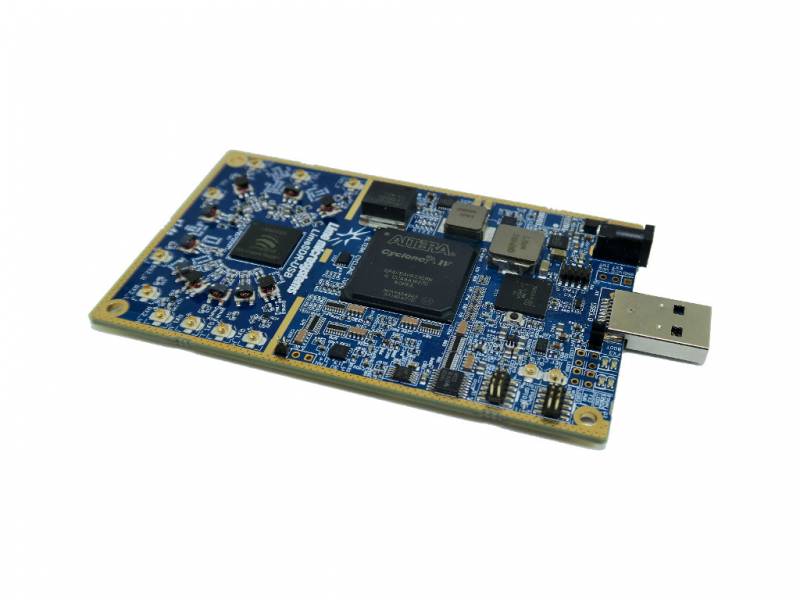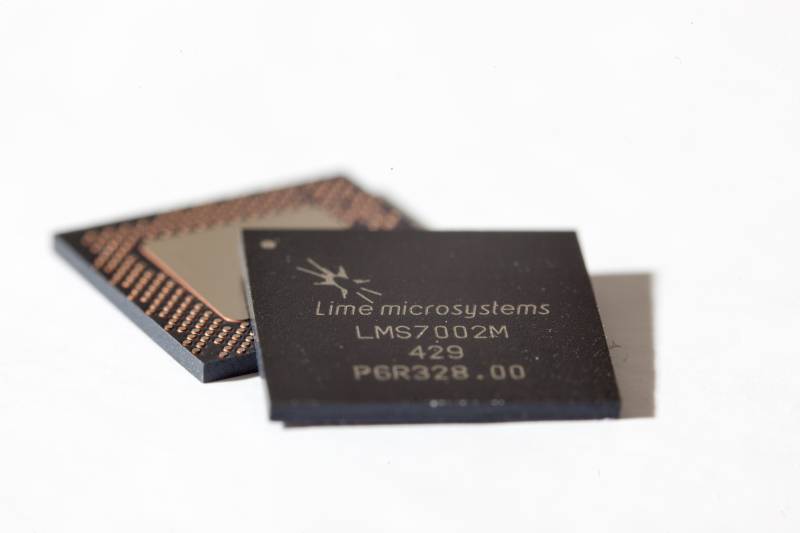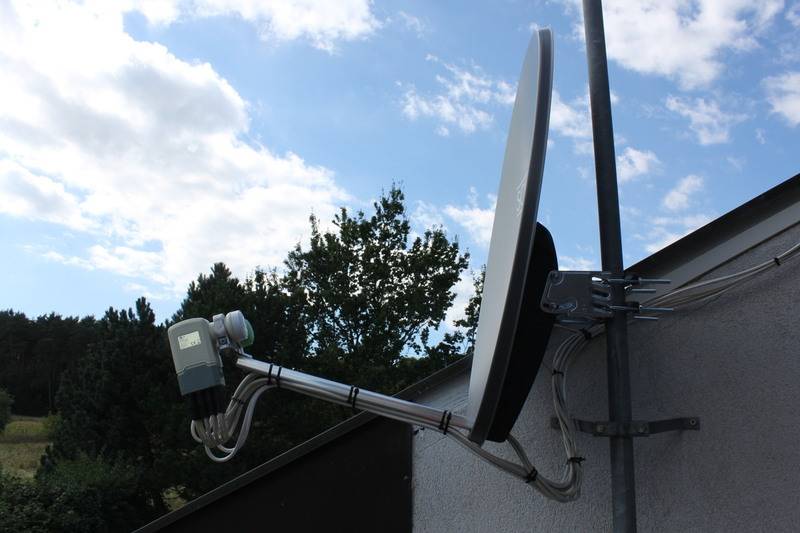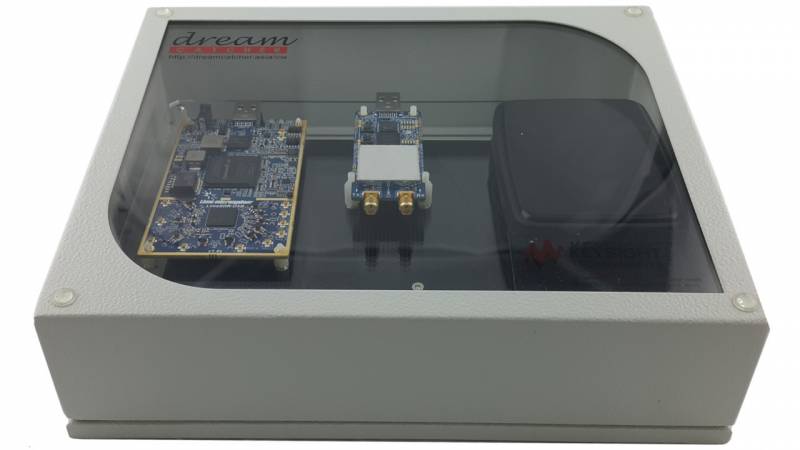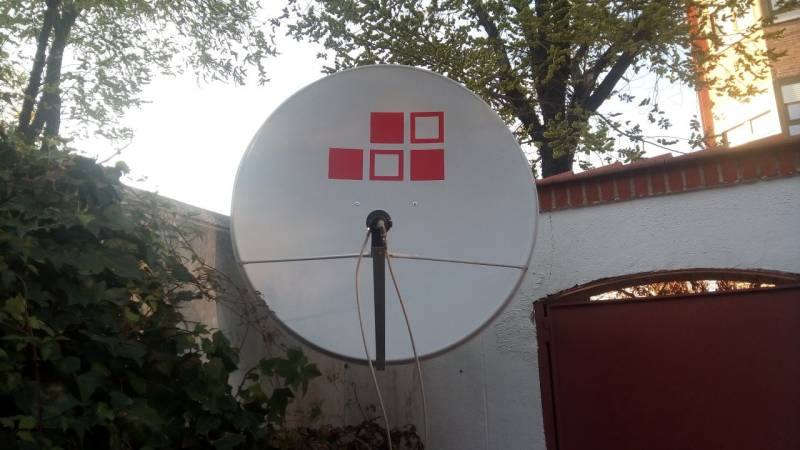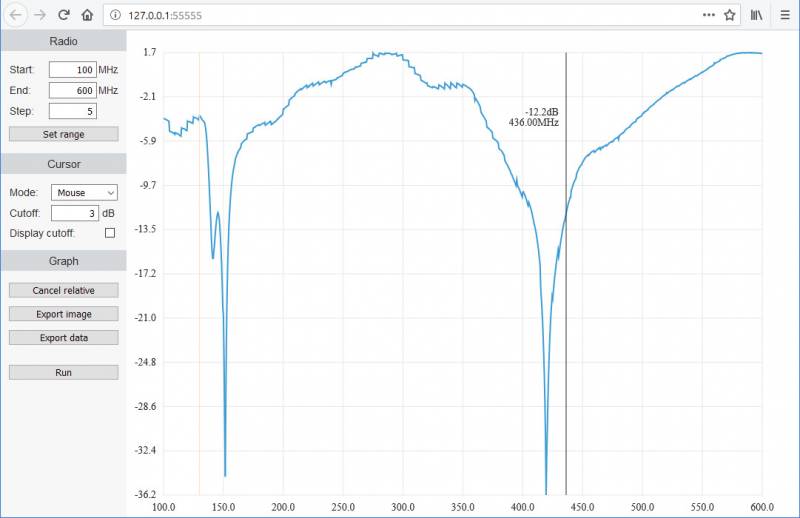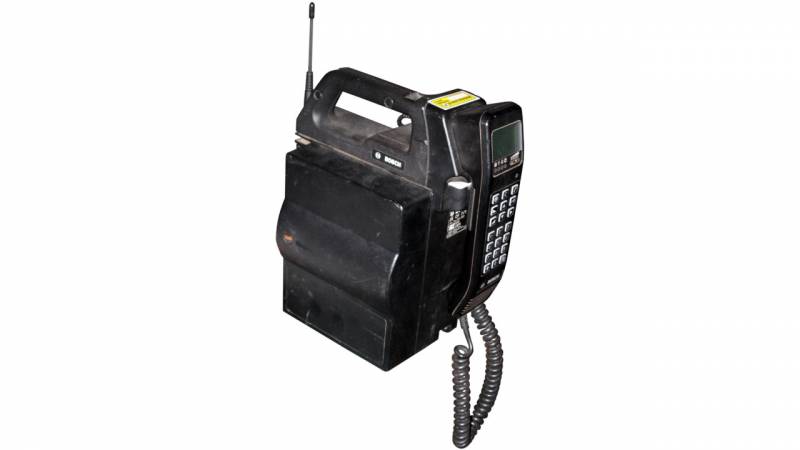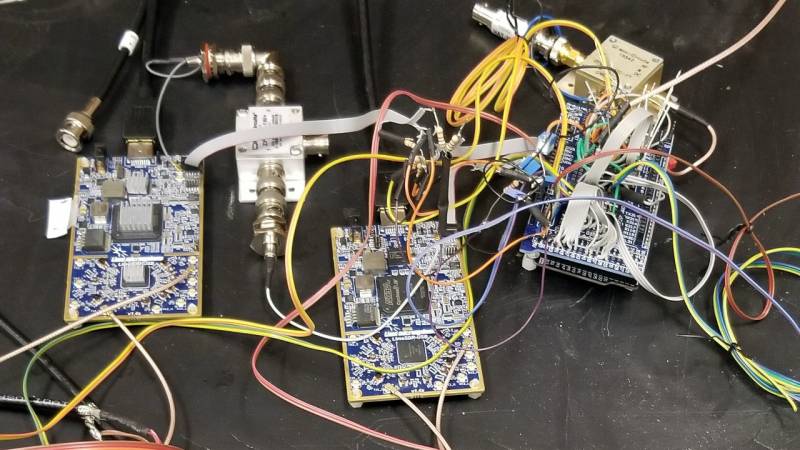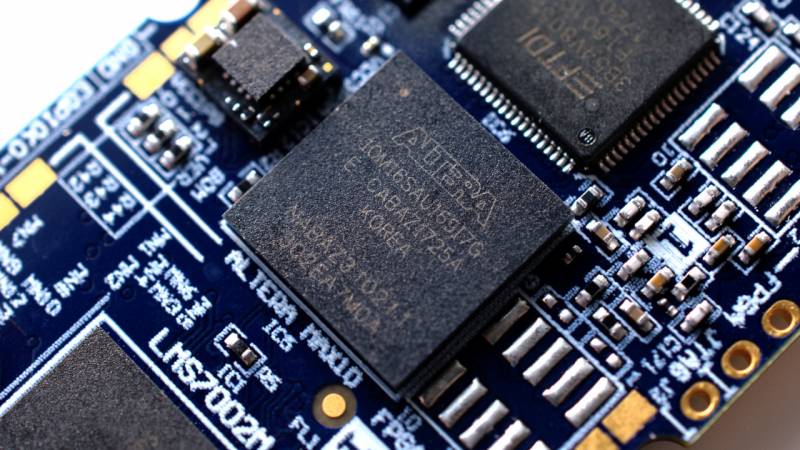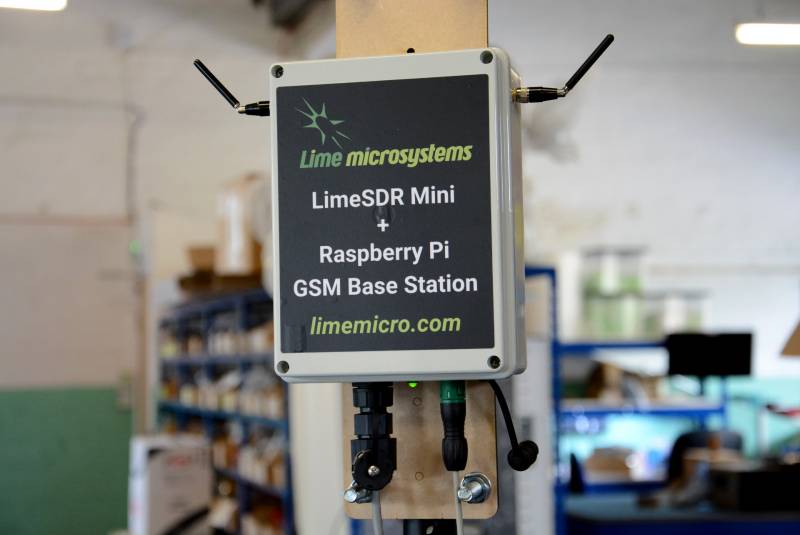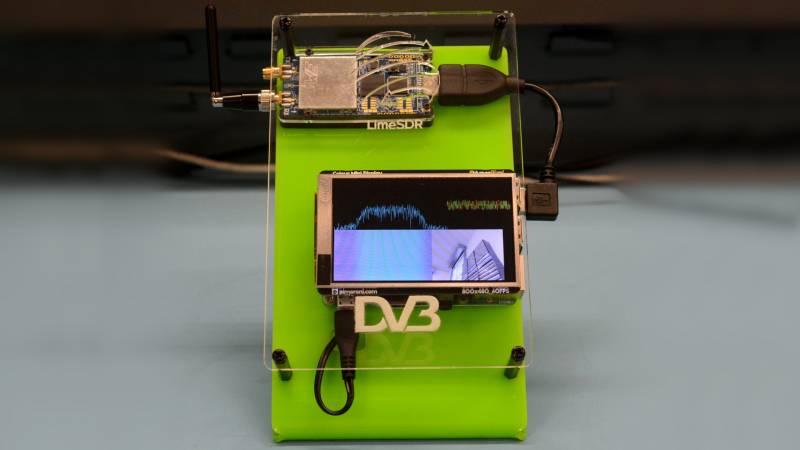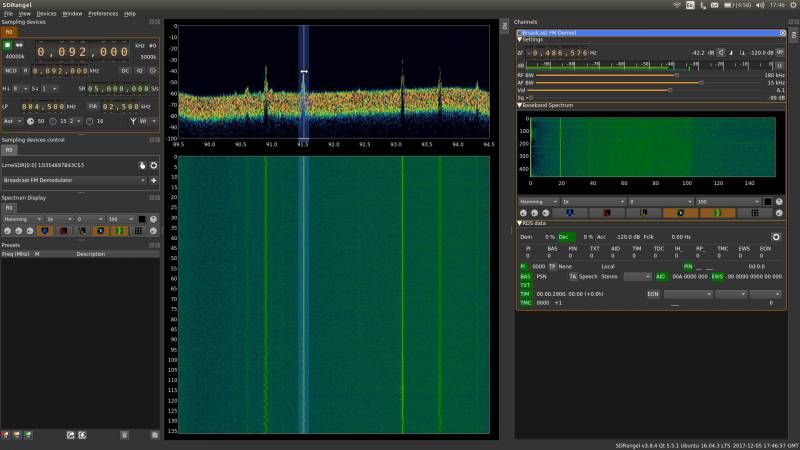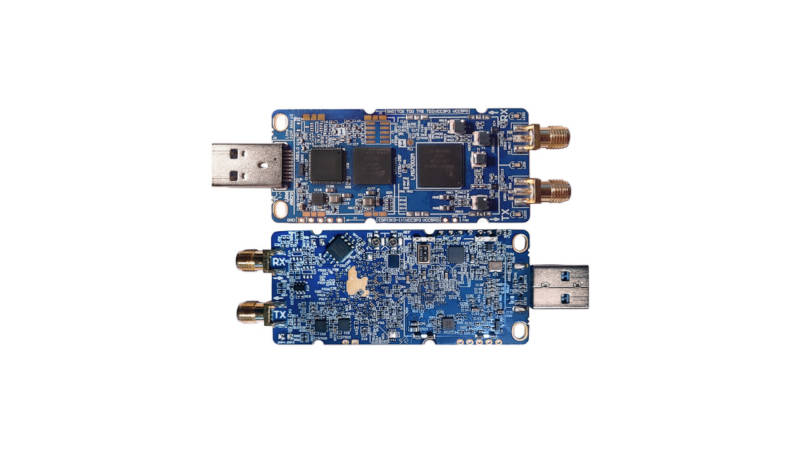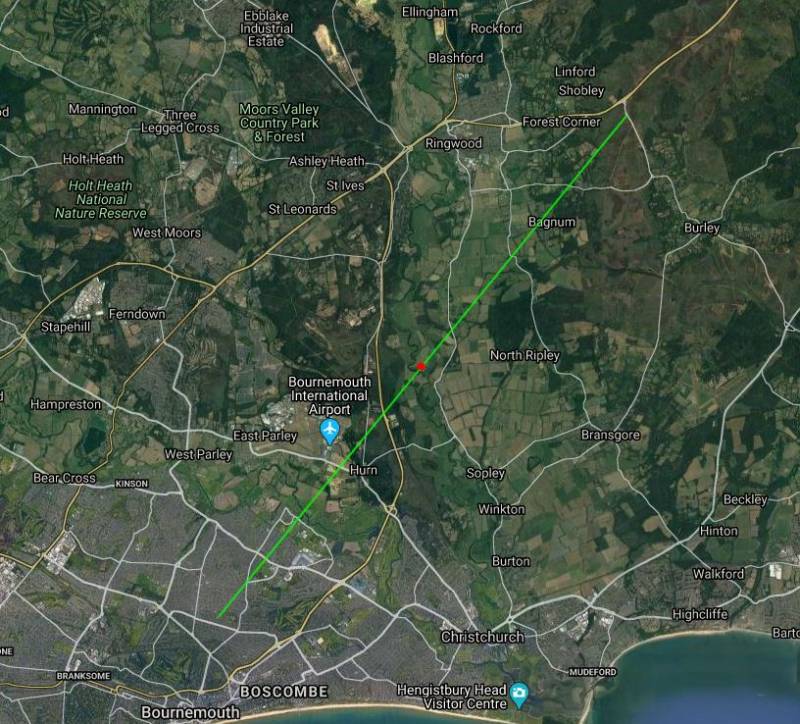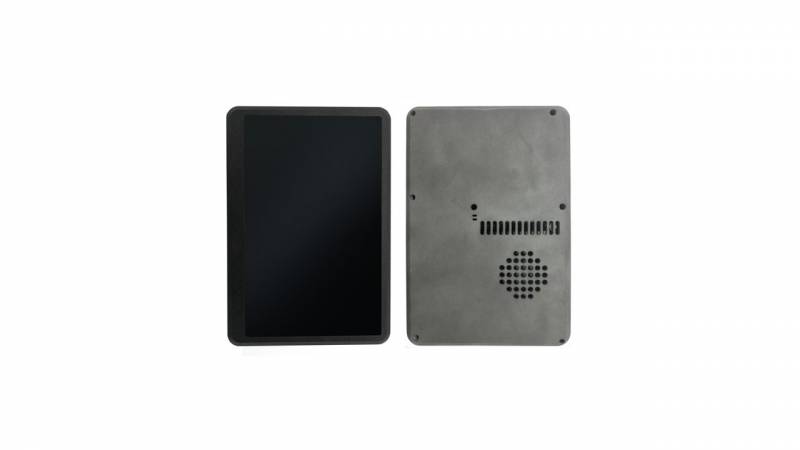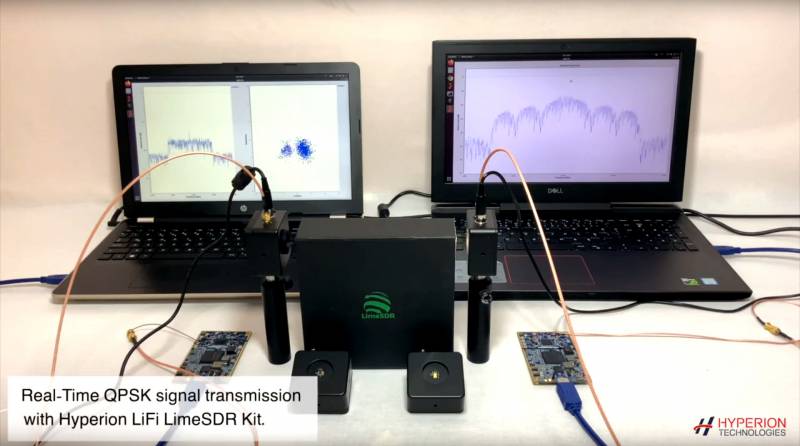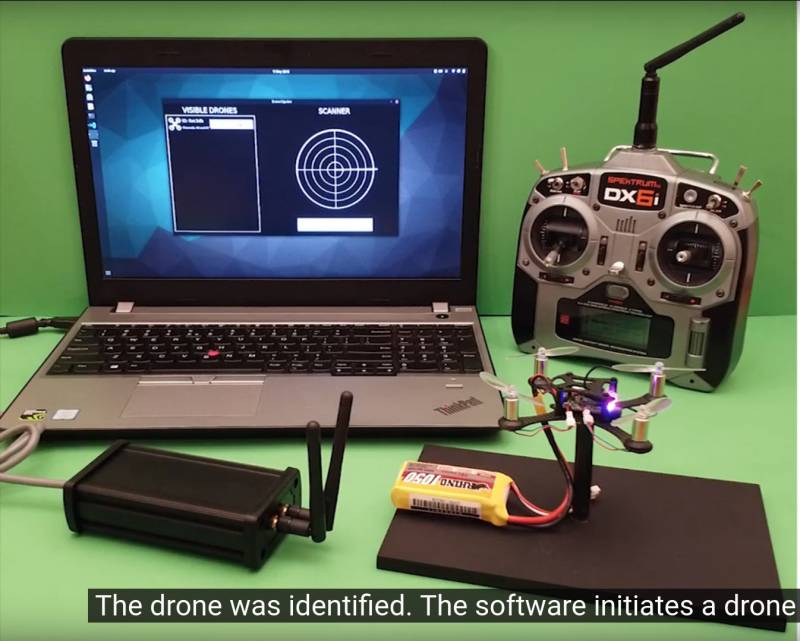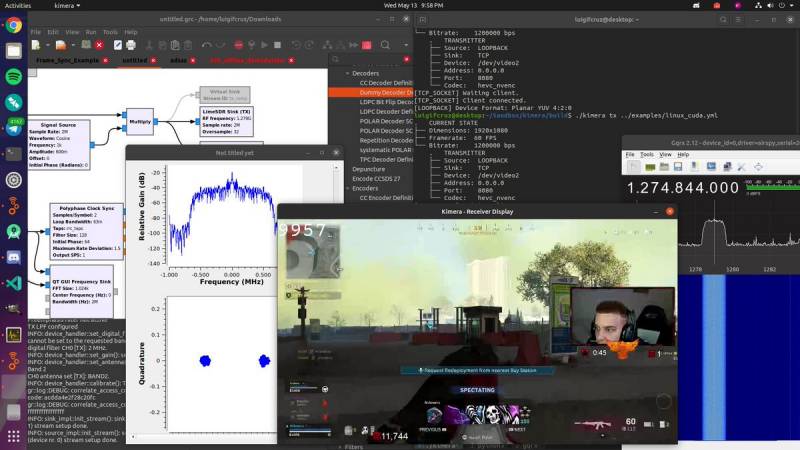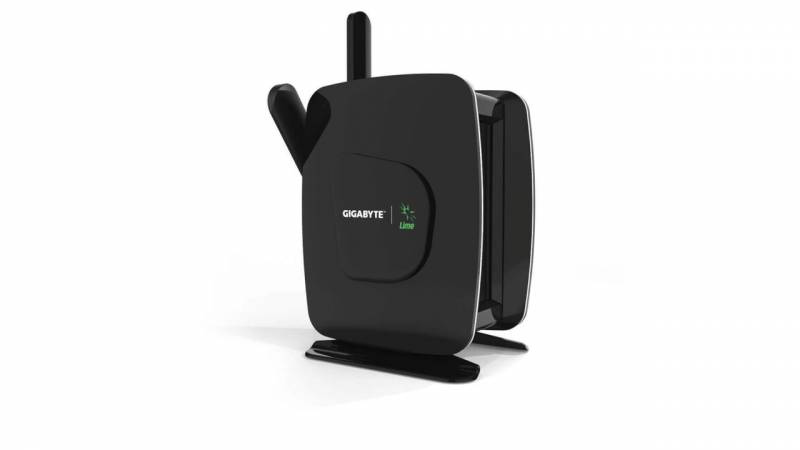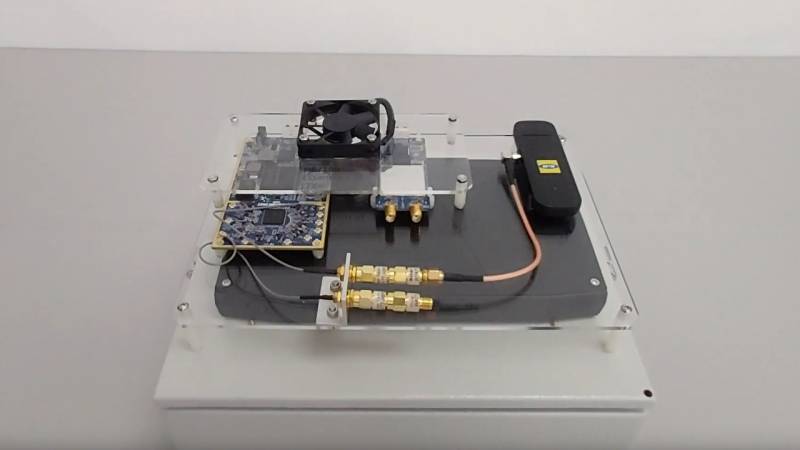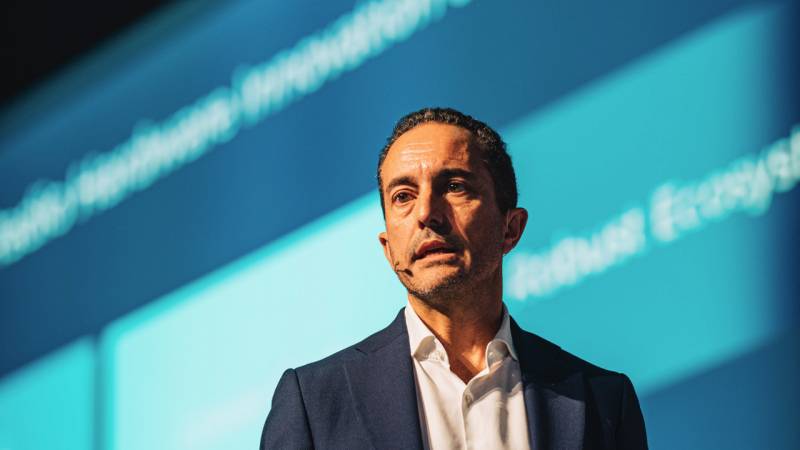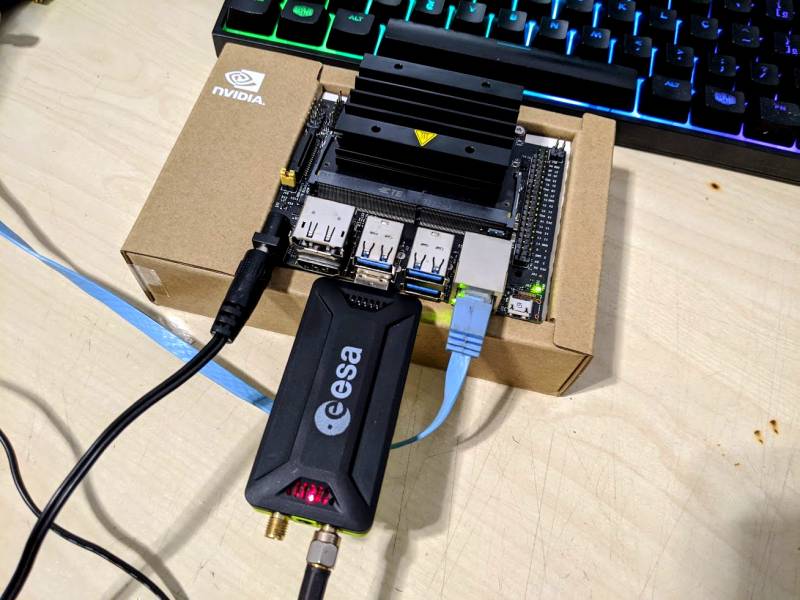“Encouraged by my Dad, who was just getting his Amateur Radio Licence at the time, I started playing with electronics at the age of nine and it has been my primary hobby ever since,” explains Dave Crump, chair of the British Amateur Television Club (BATC). “I gained my amateur radio licence at age 14 and was fascinated by TV, buying and renovating a non-working valve TV camera shortly afterwards. Within a year I was transmitting black and white TV pictures using a homebuilt transmitter. The technical challenge is what attracts me. I like to build things, learn about them, make them work, test them by transmitting/receiving pictures to other amateurs, and then move on to the next (better/more complicated) project.”
That interest, carried through a career flying Jaguar and Tornado aircraft for the Royal Air Force, would bring Crump in contact with the BATC. “The BATC was formed in April 1949 by a group of like-minded enthusiasts who started circulating a newsletter to share their knowledge,” he explains.
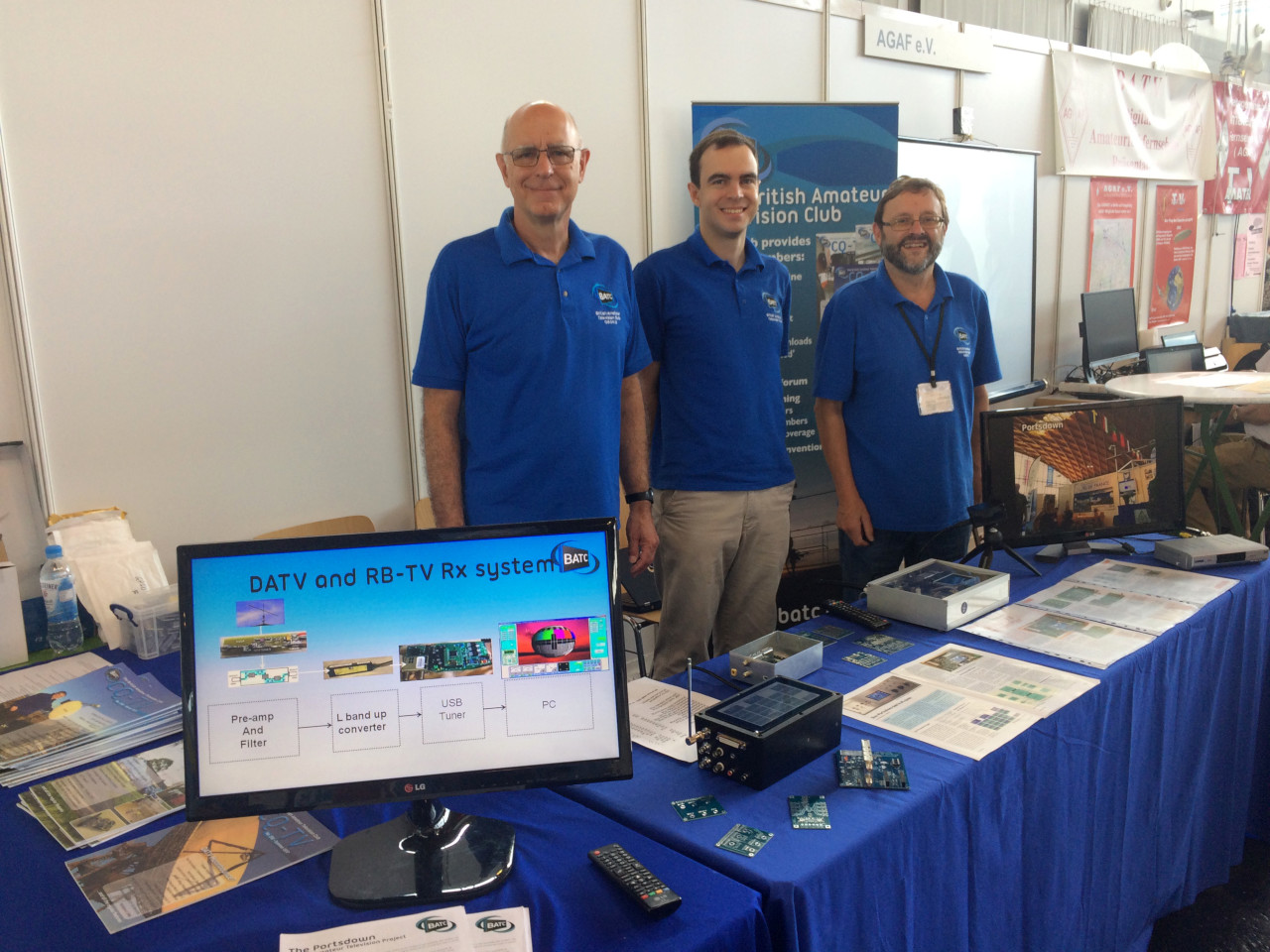
“We do not have a record of their formal aims and objectives, but in broad terms they would have been similar to ours today: (a) To further the interest of its members in all aspects of television and to inform, instruct, co-ordinate and represent the activities of television enthusiasts; (b) To promote the advancement and practice of television in all its forms, together with sound, control and data systems, and any other systems for the transmission or processing of images in any form; (c) To publish, in any form, the BATC’s journal ‘CQ-TV’ and to provide books, pamphlets, or any other medium associated with the objectives; (d) To supply components or assemblies, or any other items, for use associated with the objectives; (e) To organise meetings and events, competitions and awards of any kind for the mutual benefit of members and promotion of the objectives.”
The Birth of Portsdown
The early days of valve-based TV cameras are long gone, and the march of technology brought Crump into the world of software defined radio (SDR) and PC-driven transmission systems. “We started the ‘Portsdown’ project two years ago in an effort to re-interest members who had previously been transmitting analogue amateur TV and then had been put-off by the complication of Digital TV. I had built a home-build digital TV transmitter based on parts designed to work with PC-size computers,” he recalls, “and had heard that a French radio amateur – Evariste Coujard, F5OEO – had built a version using a Raspberry Pi and a touch screen. I translated a French article that he wrote about it for publication in the BATC magazine CQ-TV, and realised that it was a worthwhile project.
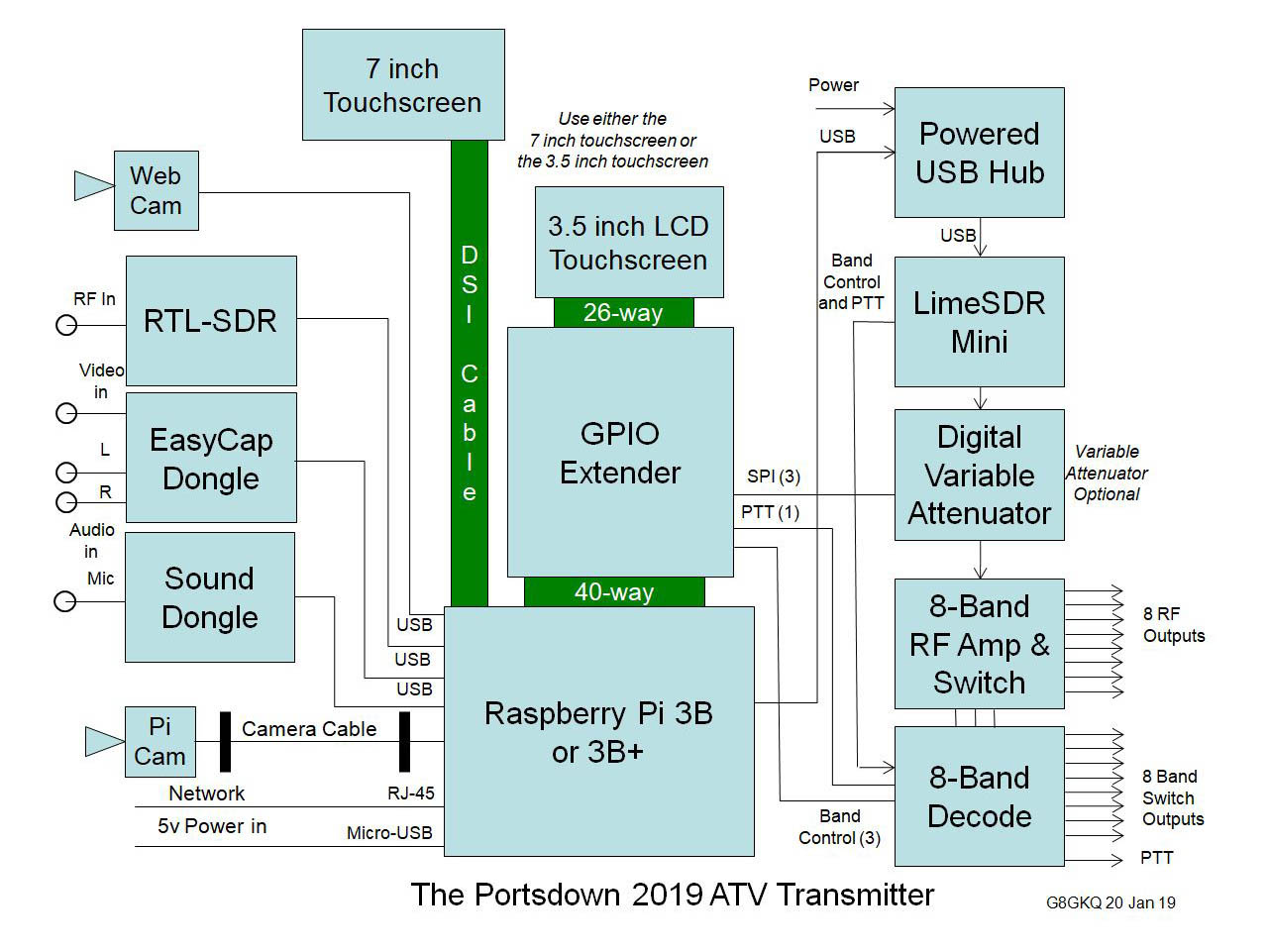
“Having built it relatively easily, another enthusiast and I then discussed it and decided that it could make the basis of an easy-to-build digital TV transmitter for all those analogue TV enthusiasts who had previously though that digital TV was too difficult for them. We had some of printed circuit boards required made up – bare boards, no components – and sold them in our club shop, and also sold one of the more complex boards as a populated and tested board. This is the component that has been replaced by the LimeSDR.”
Choosing the LimeSDR
“The capabilities and probable future potential of the LimeSDR made us choose it,” Crump explains of the BATC’s decision to further develop Portsdown around the open LimeSDR family of software defined radios. “We needed something to generate a complex signal on frequencies from 70 to 2450 MHz at a reasonable (> 0dBm) power level. The fact that Evariste was one of the early adopters tipped the balance.”
It’s the commoditisation of radio technology that Crump sees as one of the biggest benefits to open devices like the LimeSDR family, and by extension the Portsdown project. “The fact that we have provided a system that just works if you build it according to the instructions has been key to our success,” he explains.
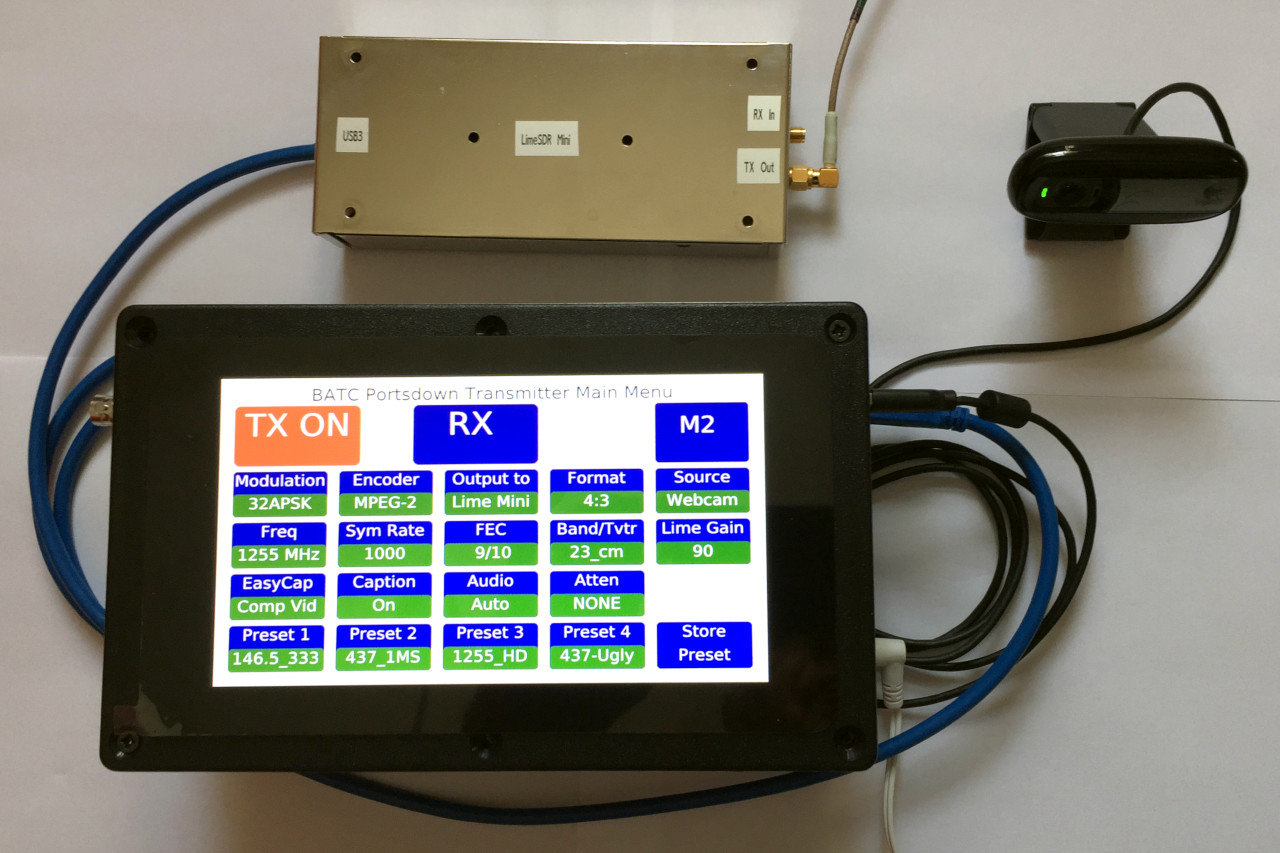
“The club shop sells pre-configured SD Cards for the Raspberry Pi, and if you put one of those together with the recommended Raspberry Pi board (3B or 3B+), a Raspberry Pi Camera, one of the recommended touchscreens, and a LimeSDR you have a complete, low-power digital TV transmitter. We have now sold about 250 pre-configured SD Cards, but many people make their own – the installation is automatic after cutting and pasting three lines from GitHub. We know of well over 300 BATC members who have purchased parts for the project.
“The other key factor has been setting up a simple upgrade system, so that users can upgrade to the latest software version on demand by pressing a touchscreen button. This has enabled us to fix problems and roll-out new capabilities without requiring any Linux or coding expertise from the users.”
The Future of Portsdown
“There is quite a lot of excitement about the Es’hail-2 geostationary satellite, which carries a transponder for amateur TV,” Crump continues, thinking to the future of the project. “I and many others hope to be using the LimeSDR to generate DATV signals to be carried by the transponder. The Portsdown is not the only amateur digital TV transmitter available, but it is the cheapest and easiest to use. It brings the use of the Es’hail-2 satellite transponder to those amateurs on a reduced budget.”
For potential enhancements to Portsdown itself, Crump and his colleagues have a few ideas: “The touchscreen interface is very versatile and lends itself to test and measurement functions,” he explains. “Earlier versions of the Portsdown had built-in signal generators, spectrum views, and voice receivers. I would like to provide similar features using the LimeSDR, and perhaps even provide a basic Digital TV receive capability. I would also like to enable the transmission of pictures at a higher symbol rate, for compatibility with older receivers; this is currently limited by processor performance.”
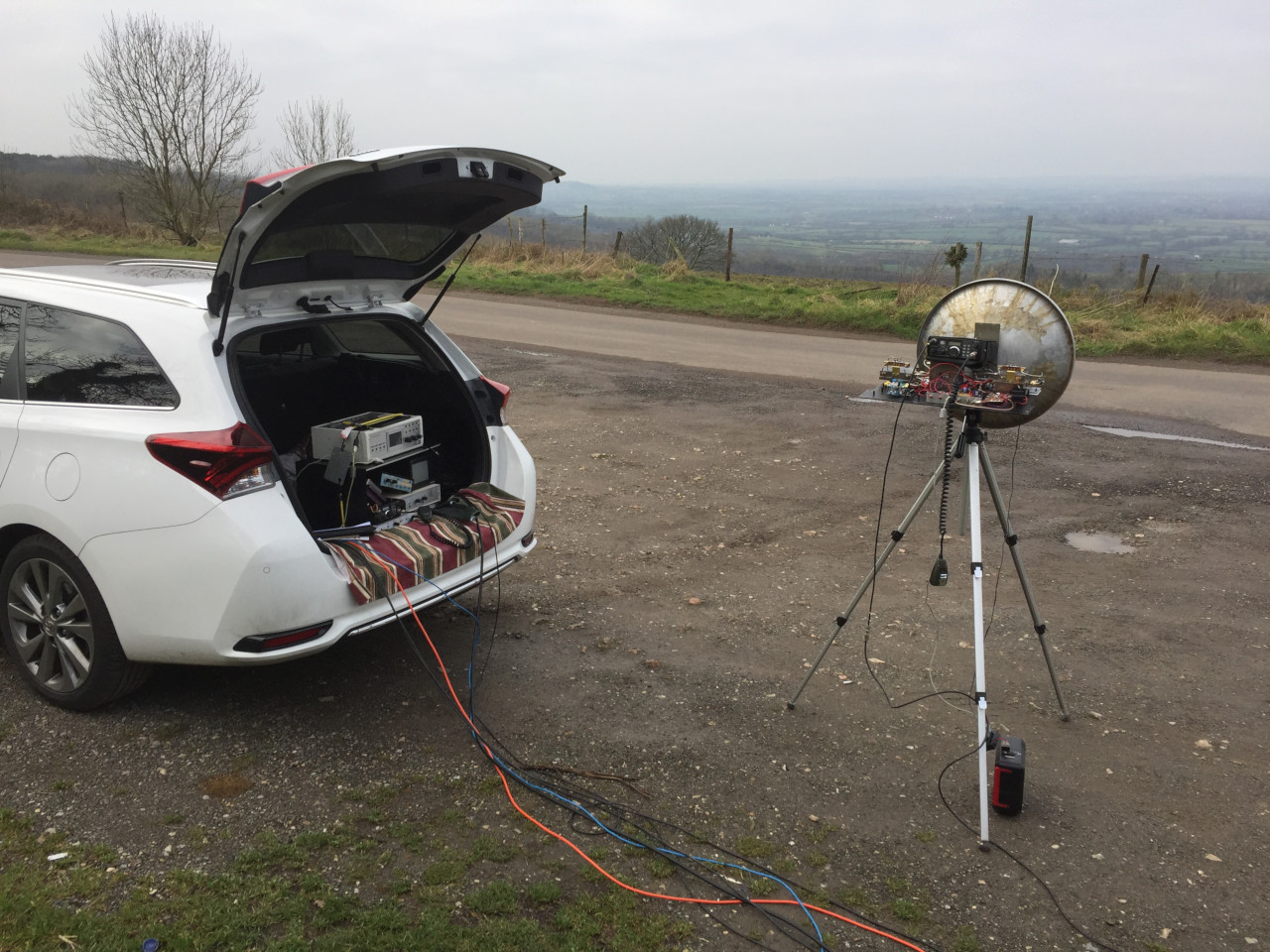
There’s room for improvement in the wider software defined radio ecosystem, too, for amateur TV usage. “The most important aspect for amateur use of SDRs is that the driver software and toolchain, and the device’s capabilities, are open-source and well-documented. The availability of example code is also helpful. The LimeSDR wins in that it is generally open source, with all the documentation online,” Crump explains. “In terms of performance for ATV, the input and output bandwidth can be a limiting factor, so this is important. However, from my perspective, it is the availability of easily understandable and reproducible example code that is critical. This is because I approach the problem as a TV enthusiast, not an SDR enthusiast.”
More information on the Portsdown project can be found on the BATC website, while the project hardware is available to members from the BATC Shop.

